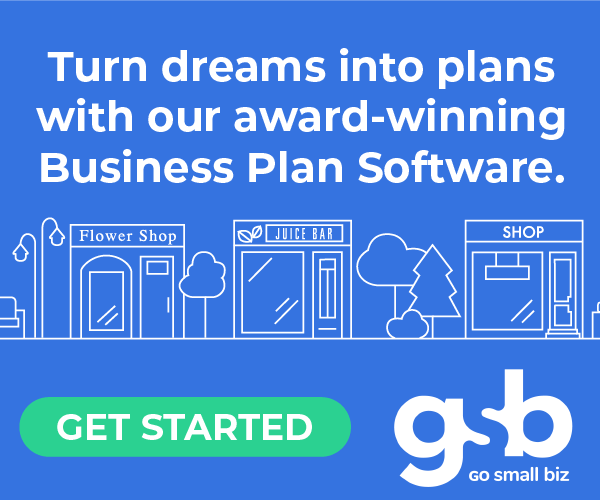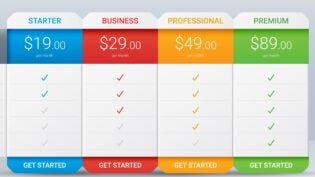
As I put the cap back on my red pen for corrections, I slowly closed the first draft of my management team’s business proposal for a new client. I was in shock. There was absolutely no format to the proposal, no cover page, no credentials, a horribly described budget plan, and only the management’s “word” that they were the best company for the job. It was a mess and, needless to say, they did not get the bid.
The above story is a real-life scenario that took place at one of my previous positions. So how should one go about writing a professional business proposal that will get your potential client to really consider you for the job?
Before You Begin
Before you begin writing a short novel as a proposal for your potential client, ask yourself the following questions. Remember to be completely honest with yourself. You want to make sure this bid is a good fit for your company as well, and not just a huge waste of your time.
- Is this project worth my time?
- Do I want to put in the time and effort into researching, analyzing, and writing up a detailed proposal for this bid?
- Does my company have the time, expertise, and resources to complete the project?
If you answered a resounding “YES” to the questions above, you are ready to embark on writing a professional proposal for a potential client.
Why a Professional Proposal?
Think of a proposal as your sales document for your potential client. More often than not, your proposal is all that your potential client will see before making an informed decision about choosing your bid over your competitors.
A professional proposal allows your clients to see, first-hand, the type of work you will do for them if you are hired for the project. Make sure your proposal reflects well on your company.
Do Your Homework
Before the actual writing of the proposal can begin, there are a few things you need to do.
- Brainstorm, brainstorm, brainstorm. Bouncing off ideas by yourself and with others will help to get your creative juices flowing.
- Create a clear direction of where you want your proposal to go: Nothing is worse than rambling or misdirection. Before you begin even a rough draft, make sure you have a clear direction of where you would like your proposal to go. When creating direction for your proposal, ask yourself the following questions:
What is your ultimate goal?
What do you want out of the proposal? - Gather data and conduct research: This is the time to read that RFP thoroughly. Make sure you understand all of your client’s requirements. If you aren’t 100% sure what your potential client is asking, now is the time to clarify.
Draft an Outline
There are varying formats for professional proposals. Be sure to choose a format that best suits the needs of your company and your proposal. A generic outline includes:
- Summary
- Concept
- Needs
- Objective
- Methods (timetable, projection evaluation)
- Expenses
Now What?
Now that you have a spectacular outline in place, here are a few tips of what to do next:
- Make it simple: Use plain words and short sentences throughout your proposal.
- Make the bid about the potential client, not you: Explain to the client what you can do for them instead of rambling on about why you are such a great company.
- Make it error-free: proofread, proofread, proofread.
The Finishing Touches
You are in the home-stretch by this point, make it count!
- Cover letter: The cover letter is the very first thing your potential client will see and the opener to your proposal. Your cover letter should include answers to these three most important questions your client will have:
What can they expect from your proposal?
How will they benefit from the proposal?
Why should they hire you? - Proofread: One final time!
- Have it professionally printed & spiral bound: Yes, this will cost you a little time and money, but if it lands you your next client then it is well worth it.
A professional proposal is not a 100% guarantee that you will land a potential client 100% of the time. However, more times than not it will lend a helping hand to gain you a new client. Happy Writing!
Author: Built for Teams is a newly launched HR system that provides specially designed intuitive human resources software. Also connect with Built for Teams on Twitter.
Published: January 23, 2015
2472 Views
2472 Views












